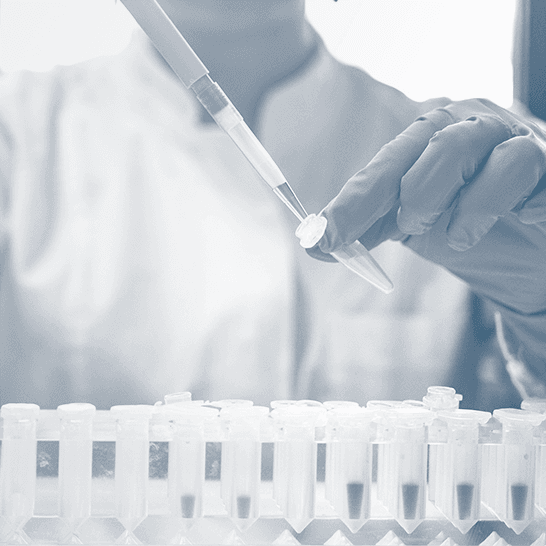WHAT IS A MICROBE AND WHAT ARE THE MAIN TYPES OF MICROORGANISMS?
Should we be afraid of germs? Their prominent role in the world around us means they deserve our attention. In this article, find out what a microbe is and about the three main families of microorganisms: bacteria, fungi and viruses.
I.
What is a microbe?
In biology, a microbe is a pathogenic microorganism. It is a tiny living being that induces disease or is a vector for disease transmission. The term “microbe”, or “microorganism”, encompasses a variety of very different species, both prokaryotic (bacteria) and eukaryotic (fungi). Viruses, on the other hand, are on the boundary of living things.


II.
Bacteria
Bacteria are the most abundant organisms on our planet by number. In the case of humans, several trillion bacteria live on the surface of our skin and colonise our intestines. There are ten times more bacteria than cells in the human body. The vast majority of bacteria are beneficial, even essential to life. However, other bacteria, known as pathogens, can be dangerous and even deadly as they cause disease. This is the case, for example, with Escherichia coli and Staphylococcus aureus, bacteria that cause frequent infections.
III.
Microscopic fungi
The fungal kingdom is made up of more than 200,000 species of microscopic organisms, commonly known as “fungi”. More than a hundred of them can affect humans. One well-known fungal infection is mycosis. Superficial mycosis is when the skin and the nails are affected. But when the fungus reaches the blood, it can reach any organ and this is known as deep mycosis, which is much more concerning, particularly in infants and immunocompromised people. The fungi of the Candida genus accounts for 80% of the causes of invasive infections in immunocompromised patients and most infections are caused by C.albicans. C.albicans is the fungus most commonly responsible for genital infections. Around 75% of women are affected by this during their lifetime.


IV.
Different viruses
Viruses, on the other hand, differ from other microorganisms because they have no metabolism and are often considered non-living. Viruses are host specific, meaning that they can only infect one or more specific species. This is due to the way that they reproduce: viruses are, in fact, incapable of multiplying by themselves. To reproduce, they have to enter a host cell and hijack its machinery. Some very common viruses, such as rhinoviruses, circulate all year round and only cause common colds that are not serious. We now know all too well that other, more problematic, viruses can cause particularly serious adverse health effects.
Emerging viruses have been the cause of several epidemics in recent decades: Spanish flu, Hong Kong flu, Chikungunya, Dengue, Ebola, SARS-CoV, MERS-CoV, and SARS-CoV-2 have all caused serious human and social damage across the world.
The vast majority of these emerging viruses come from animals: first of all, they predominantly infect one animal species (ape for the Ebola virus, poultry in the case of the H5N1 avian influenza virus, etc.). Then, what can happen is that via various genetic mechanisms (mutations, rearrangements, etc.), they manage to adapt to humans, i.e. they manage to efficiently enter our cells, multiply there and then spread between people.
V.
What about dust mites and pollens?
Although they are responsible for many discomforts in our daily lives, dust mites are not microbes. Dust mites are arthropods related to the spider.

So when it comes to microbes, not everything is black and white. As we have seen, some are beneficial, even essential to life, and others can be dangerous to our health. Therefore, it is important to be able to identify pathogenic microorganisms to protect ourselves and our loved ones.